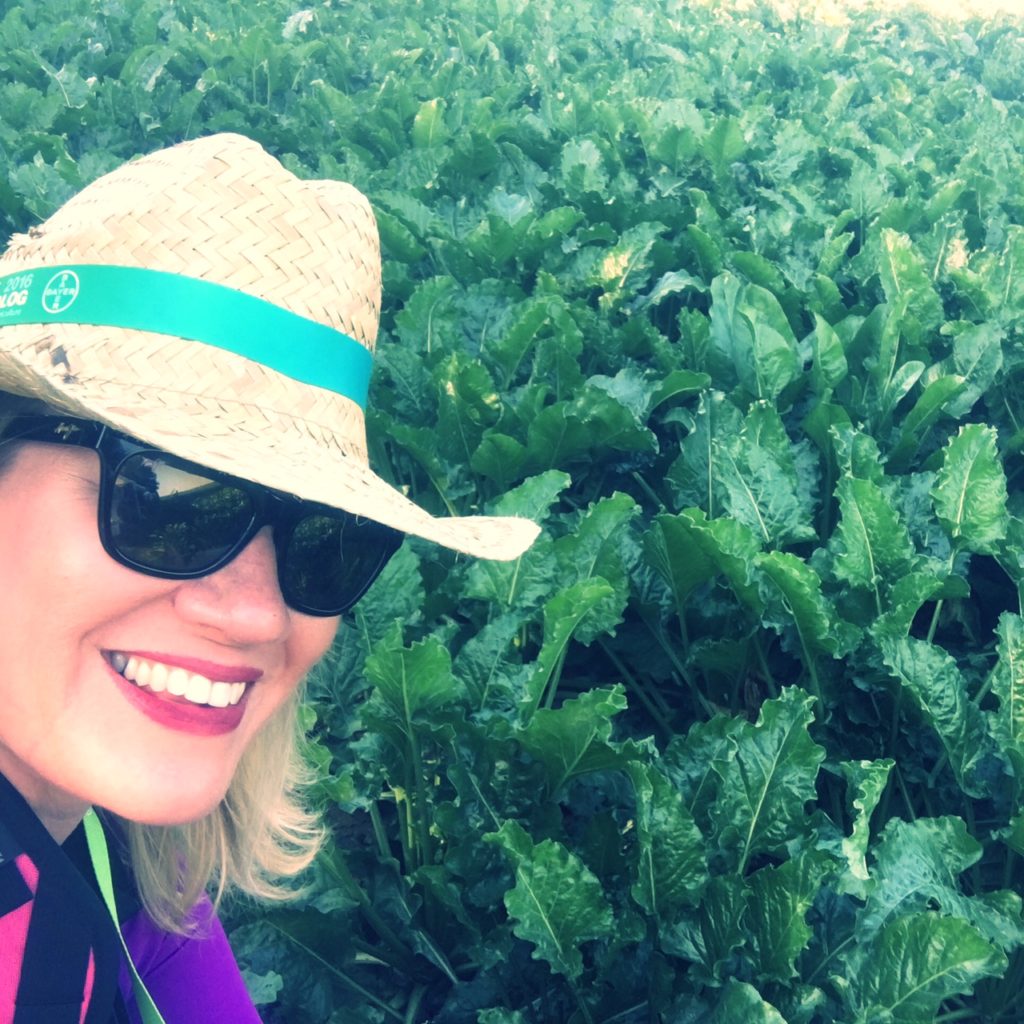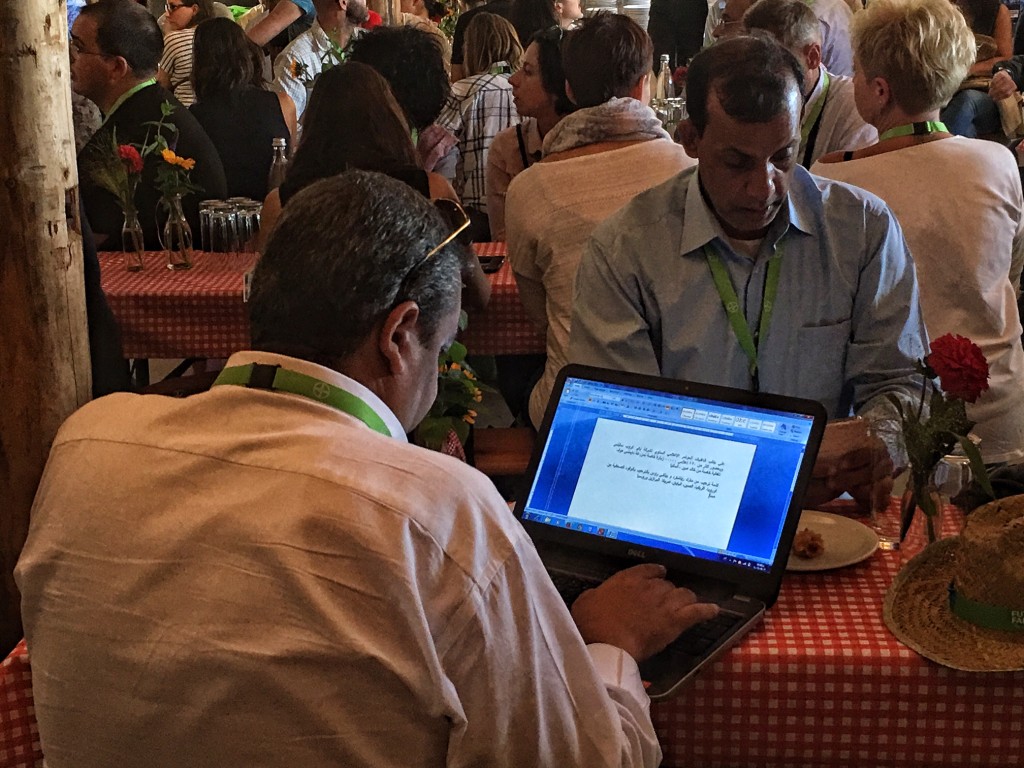I am home in North Dakota after one week in Germany where I gained a greater global agriculture perspective, thinking from local farming and how it impacts agriculture from today to 2050. My luggage all arrived home safely last night but my memory card is missing from my camera, which causes photographers complete panic. I am hoping it shows up but am afraid it was taken or lost. Instead I dropped in some iPhone pictures for you to see. Also I posted on Instagram and search Twitter #futurefarming for a full week of engagement. Below is my Agweek column and thoughts. I’ll be writing and sharing about this experience for a few weeks, more agriculture perspective in Agweek and will share some fun experiences and cultural observations here on my personal blog.
The world population increases every day by 200,000 people. Agriculture production needs to increase by 60% to feed 10 billion people by 2050, according to Liam Condon of head of Bayer Crop Science. You may have heard the statistic before and so have I. But I know it is a driving force behind much of the work of farmers, ranchers and the agribusiness industry in our region.
This past week I also learned it is a statistic that drives global agriculture. In a year when commodity prices are depressed it’s difficult not to think in the right now, present and into the future of agriculture of 2030 to 2050. For many of you, succession and transition is a part of the change that will come. Additionally, we need higher outputs, with less inputs. Who will make it happen?
Ahead of accepting the role of publisher/general manager at Agweek, Bayer Crop Science invited me to be one of 20 global bloggers attend their Future of Farming Dialogue in Germany. This is the first time Bayer has invited bloggers to this event. With the addition of my Agweek responsibilities I joined a few other American agriculture journalists at interviews and in coming weeks will add more of what was shared from Germany on agriculture challenges, innovations as well as cultural observations I had on my first trip to Germany.

American ag bloggers with three Bayer executives. The German photographer told us to not be “boring” and instead try to be “fun.”
The Bayer event transitioned me into broader thinking coming from harvest at home to global agriculture long-term views. It also drove connections. From farmers, journalists and bloggers I’ve met in social media to the head of Research and Development for Bayer Crop Science, Adrian Percy coming up to a fellow ag blogger and me saying we were the first two people he had met in “real life” that he connected with on Twitter, connections make global agriculture smaller and showcase how important the entire agribusiness channel is to reaching a goal of feeding a growing global population of 10 billion in 2050.
The first evening of we toured a family farm, Damianshof in Rommerskirchen that is partnering with Bayer to demonstrate sustainable agriculture practices, called a Bayer ForwardFarm. It didn’t matter to me the company that the farm is partnering. A sixth generation farm, in the family since 1845 with young farm boys running around and their parents proudly looking on, I felt at home there, far from the upper Midwest of the United States. The soil conservation methods, crop diversity, farm safety and water management all contributed to the sustainable practices to research and put in action at Damianshof. It made me think of how they could be applied to our farms at home and would they be feasible.
The global connection to home continued the next day when a press conference was interpreted into seven languages. The work you do in agriculture has a greater global presence and impact. The entire agribusiness channel is needed to develop greater innovation for future farming at the local, regional, state and global level.
Along with higher outputs with less inputs to feed a hungry world, there is a need to gain consumer acceptance and change perception that innovative in agriculture hurts the world more than it helps. Your daily work helps not only in utilizing sustainable and innovative practices in your farm and ranch but in connecting and sharing your voice with your community, state and a greater non-agriculture consumer population, far from a farm in the United States or Germany or any country where the seven languages I heard at the Future of Farming Dialogue.
Ultimately, feeding a hungry world starts at the farm level, with you, a farmer, rancher or agribusiness. It doesn’t matter your location. Your work is vital today, in a down ag economy and impacts what happens in 2030 to 2050.
(Now it’s time for me to drink more coffee, walk my dogs, make a meal at home for my family and catch up around the house! The seven hour time difference has my body slightly confused so extra naps will be necessary this weekend.)




Leave a Reply